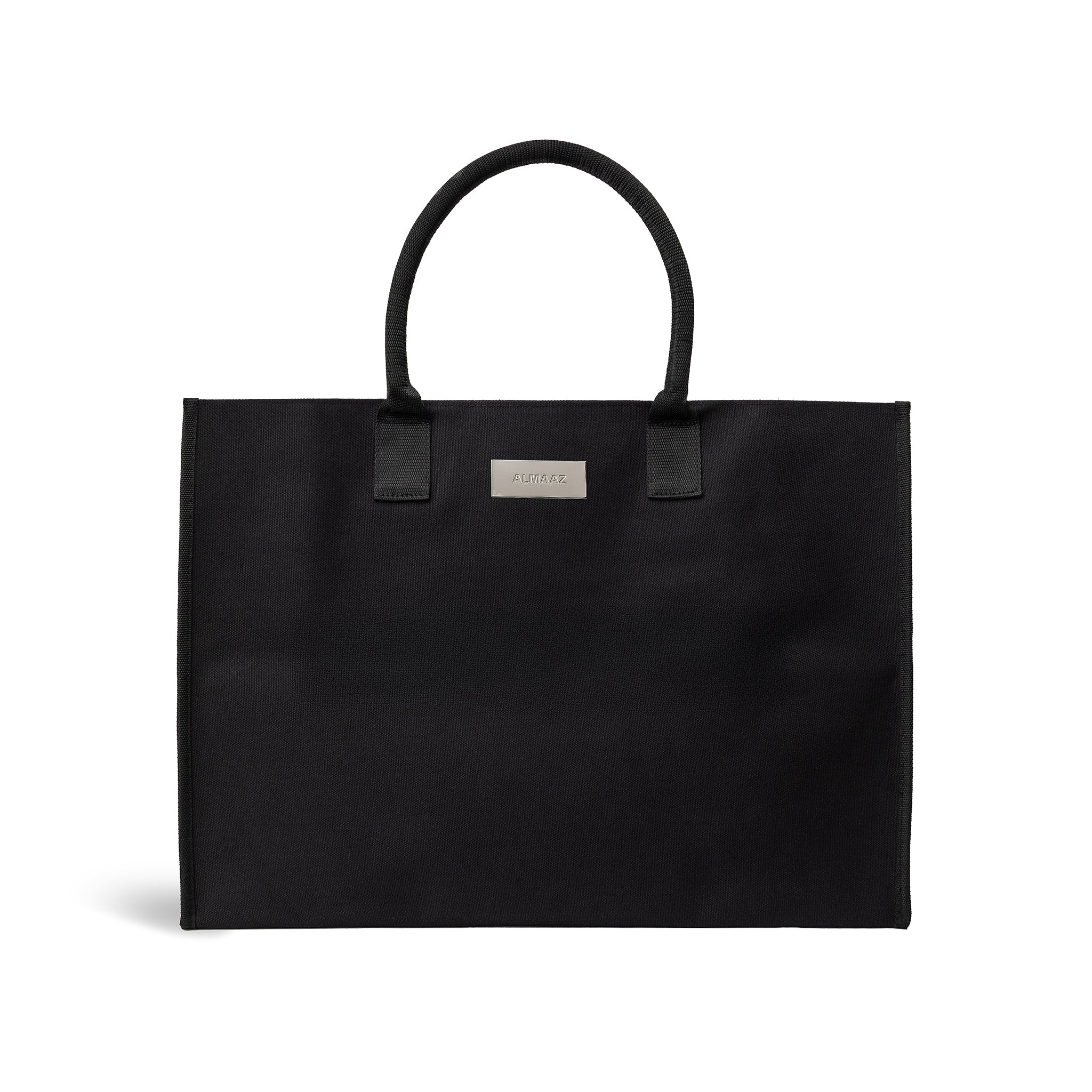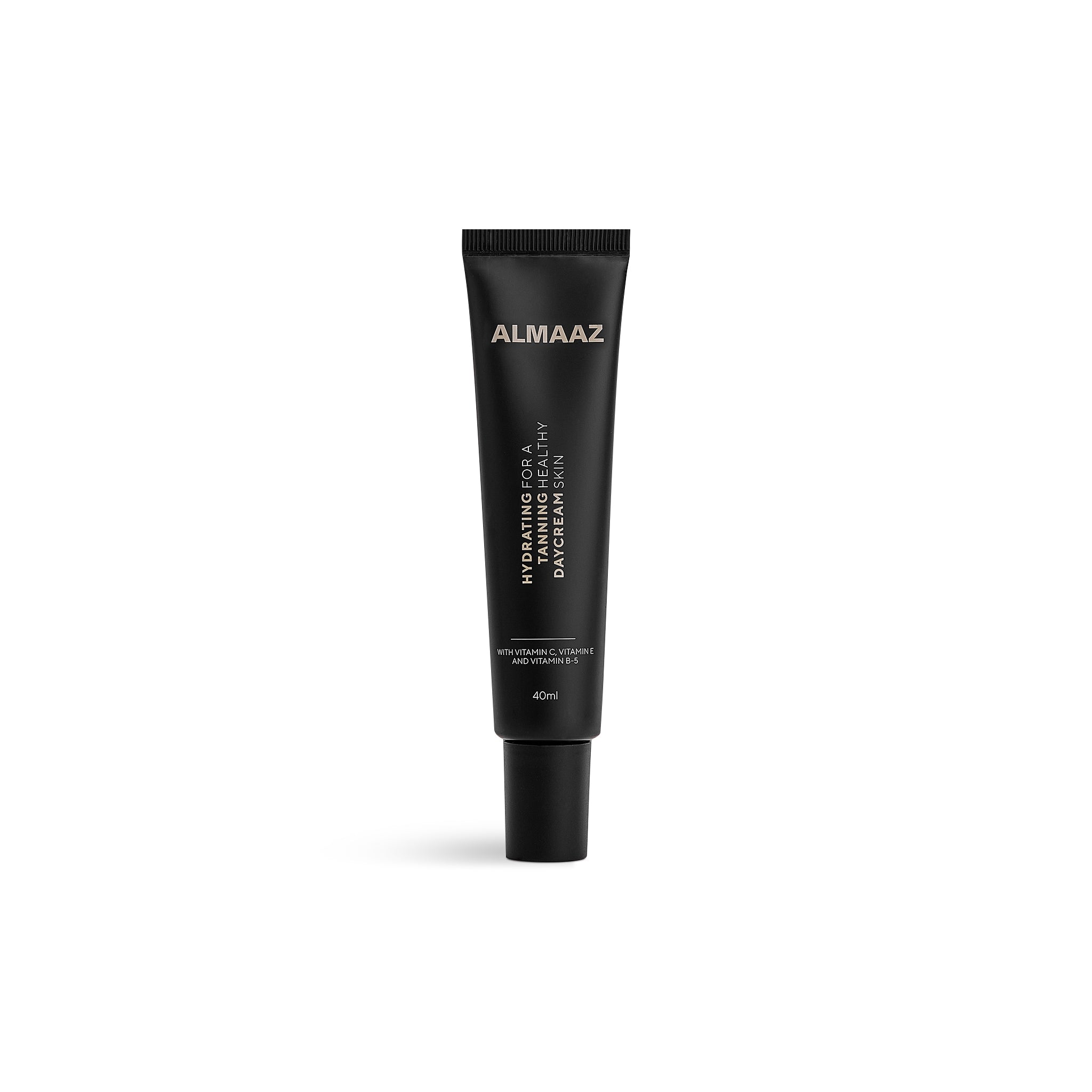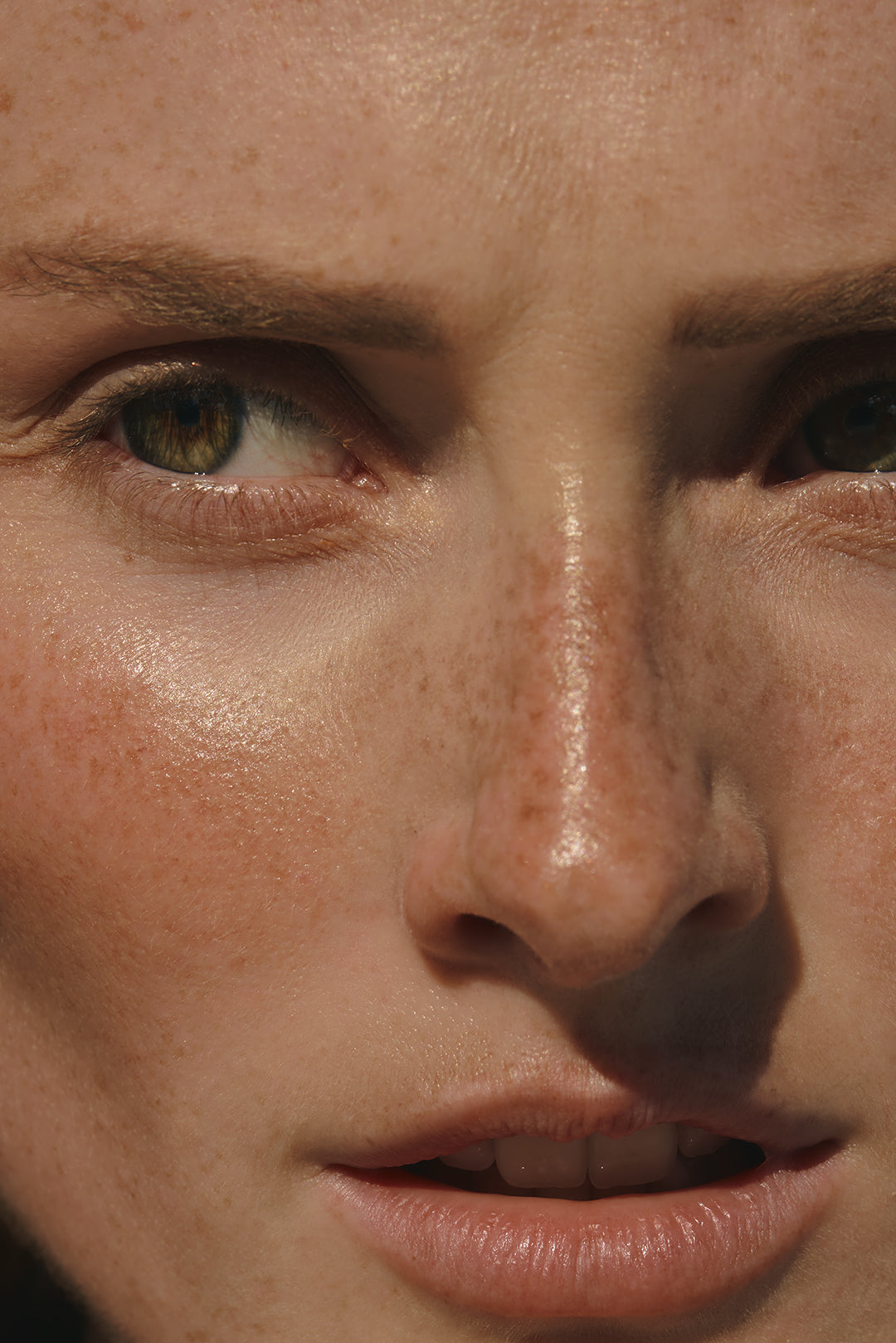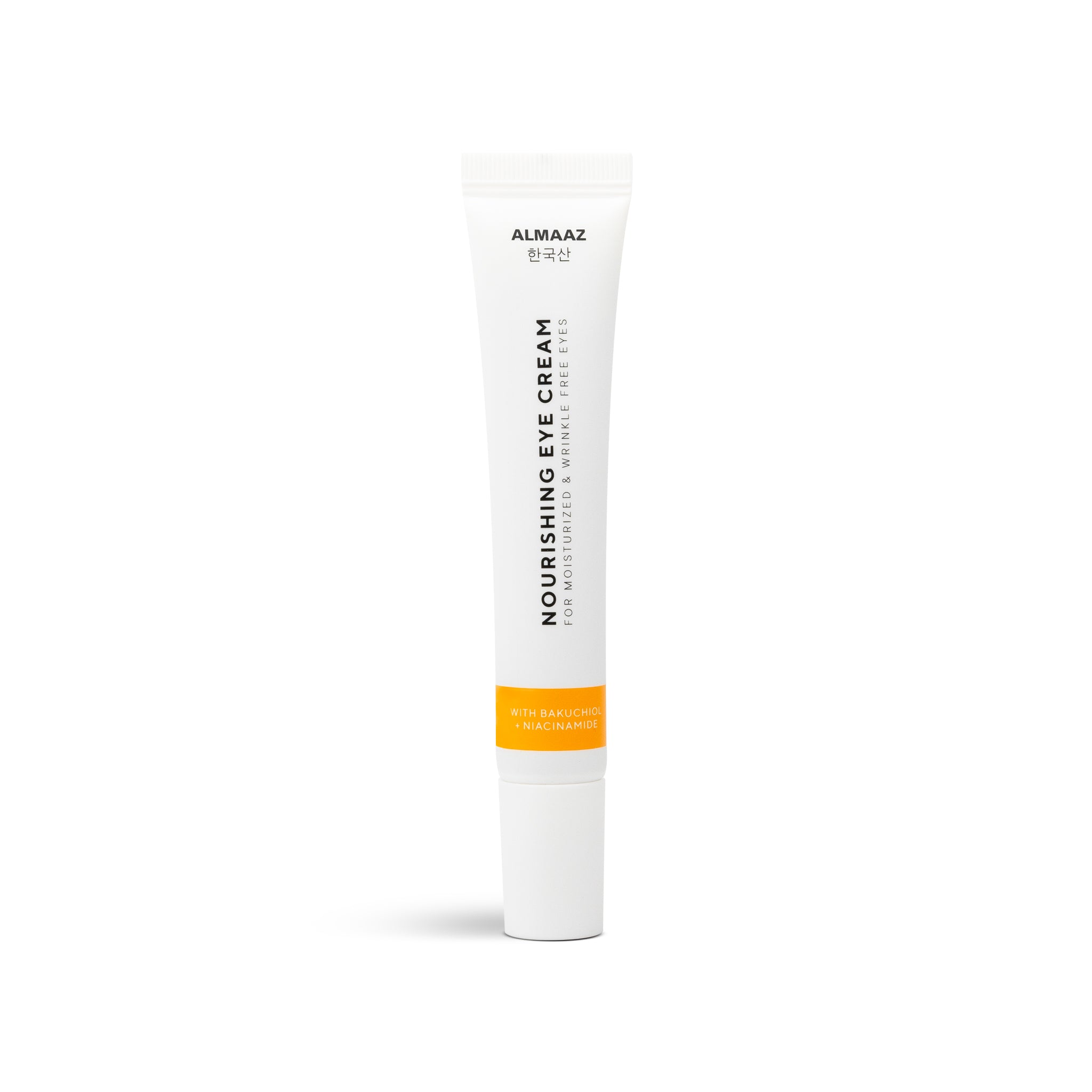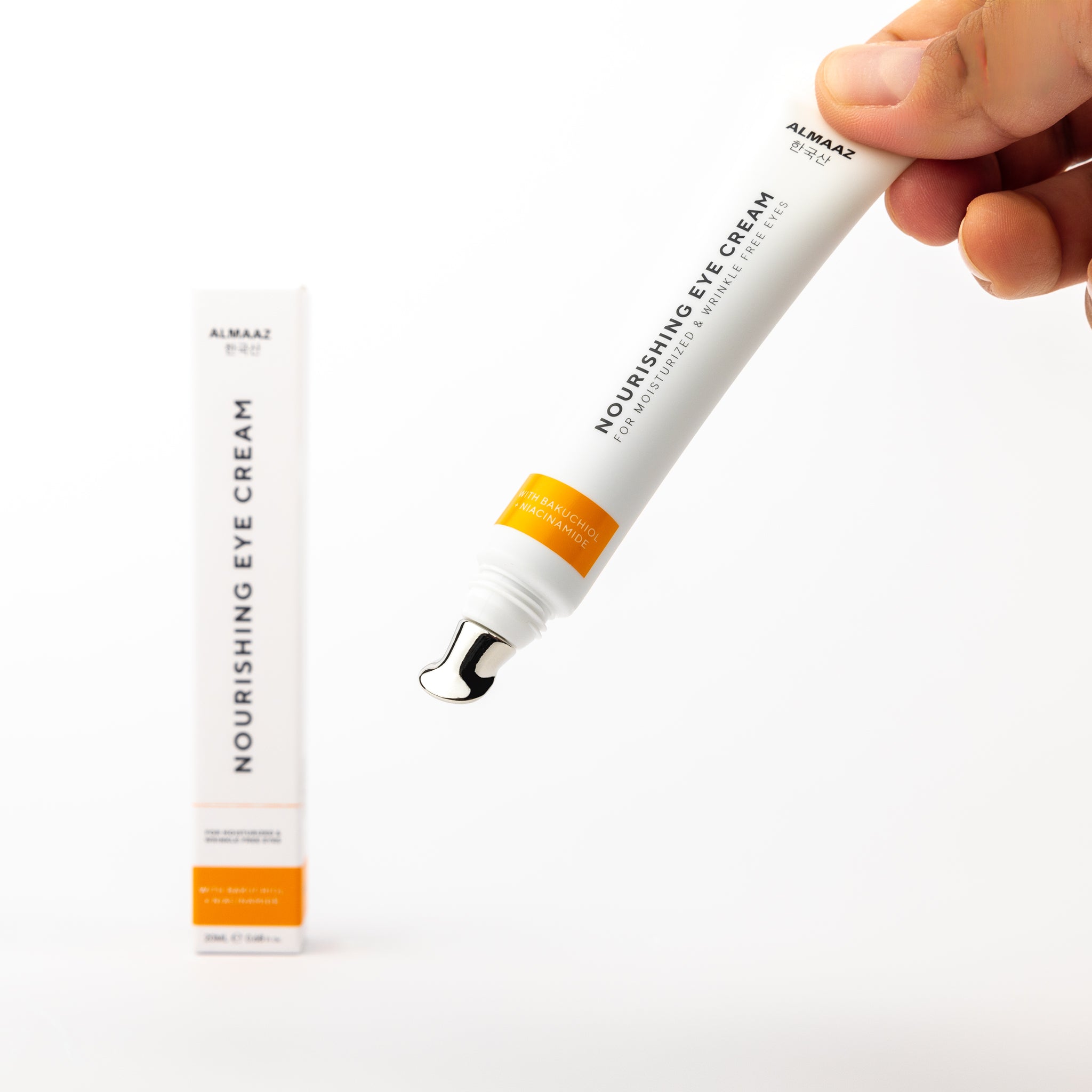Hay fever is a common allergic reaction. The ailment is caused by flowering plants, trees and grasses. Well-known symptoms such as sneezing, a runny nose and itchy eyes also affect the skin. With spring and summer approaching, when the concentration of pollen in the air is at its highest, many people experience not only the typical respiratory symptoms, but also skin-related problems. In this article we delve deeper into the effects of hay fever on the skin and offer practical tips to get through this period as comfortably as possible.
Hay fever and skin irritations
Pollen sometimes causes direct skin irritation when it comes into contact with the skin. This leads to symptoms such as redness, swelling, itching and sometimes even eczema. In addition, constant rubbing or scratching of the skin, a natural response to itching caused by hay fever, can further irritate or damage the skin.
Protect your skin during the hay fever season
To protect the skin - and minimize discomfort - here are some effective strategies:
- Moisturize your skin well . Using a hypoallergenic, moisturizing cream helps strengthen the skin barrier and reduce irritation. Choose products specifically designed for sensitive skin.
- Avoid direct contact with pollen . Wear long sleeves and pants when outdoors to minimize exposure to pollen. Sunglasses help protect the eyes and prevent you from rubbing your eyes.
- Shower after outdoor activities . Pollen remains on your skin and in your hair. Showering after being outside will remove these allergens and prevent further irritation.
- Use mild skin care products . Avoid products with harsh chemicals, fragrances or dyes that irritate the skin. Instead, choose mild, allergy-friendly products.
- Consider an air purifier . A home air purifier helps reduce the amount of indoor air allergens, including pollen.
- Consult a specialist. If your skin problems are severe, or don't improve with basic care, consider visiting a dermatologist or allergist. They may recommend specific treatments, such as antihistamines or corticosteroid creams.
If you just want to know where to start, send our skin therapist a question.





